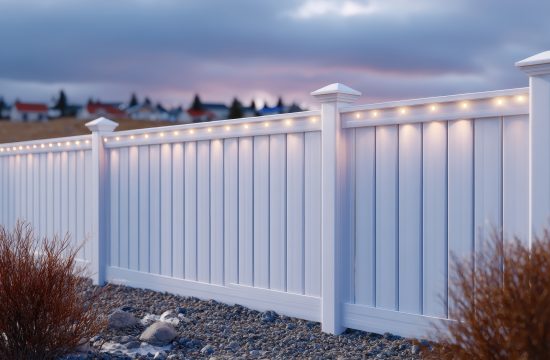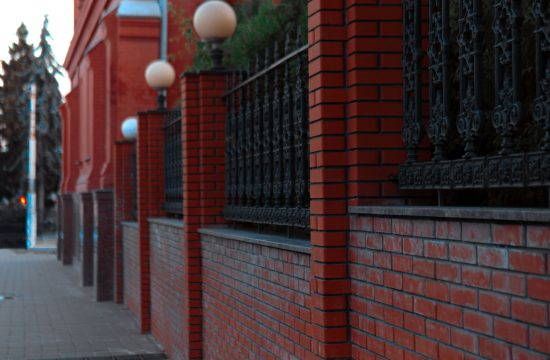A thorough analysis of material resistance to high temperatures and thermal insulation capabilities shows that the most effective material for retaining heat in a carport canopy depends heavily on how “thermal resistance” is defined. If it refers to a material’s ability to insulate and maintain a cool temperature under the canopy, uPVC is the superior choice.
uPVC, especially in hollow sheet forms such as twinwall or multiwall, is highly efficient in terms of thermal insulation. Its hollow structure effectively traps air, acting as a natural insulator that reduces heat transfer from outside to the area under the canopy. Although uPVC has a lower softening point than polycarbonate, the operating temperature under a carport canopy typically does not reach this limit, making uPVC an excellent choice for thermal comfort.
Meanwhile, polycarbonate, especially in twinwall or multiwall forms, is also an excellent thermal insulator. It offers a good balance between light transmission and thermal insulation effectiveness. Polycarbonate has a higher temperature resistance than uPVC before softening and provides better natural lighting.
Spandek is highly resistant to high temperatures and will not melt in the sun; however, it is a poor heat conductor. Without adequate insulation, it will conduct heat efficiently, making the area under the canopy very hot. Therefore, twinwall/multiwall uPVC is the superior choice for a carport canopy that effectively insulates heat and keeps the area underneath cool.
For a combination of heat insulation and natural lighting, twinwall/multiwall polycarbonate is an excellent alternative. However, if you’re willing to add a significant layer of insulation to overcome its high heat conductivity, Spandek is a good option.
When selecting a carport canopy material that retains heat, it is important to consider two factors: resistance to high temperatures and insulation. These factors significantly impact the comfort level of the area under the canopy in the summer.
Spandek (metal) is highly resistant to high temperatures from direct sunlight due to its very high melting point, which exceeds 600°C for aluminum and zinc. Polycarbonate, on the other hand, has a maximum continuous service temperature ranging from 115 to 120°C; at this temperature, it still maintains its mechanical properties. Meanwhile, uPVC has a Vicat softening temperature of around 70–80°C. This indicates that the material begins to soften under load at this temperature. However, in practice, operating temperatures under the canopy rarely reach this point.
However, uPVC, particularly the twin-wall or multi-wall varieties, provides excellent thermal insulation. Its hollow structure traps air, an excellent insulator, which effectively reduces heat transfer from the outside. Twin-wall or multi-wall polycarbonate also offers good thermal insulation due to air pockets; however, solid sheets conduct more heat. Spandek, on the other hand, is a very efficient heat conductor. Without additional insulation, this material will transfer solar heat to the area below, creating extremely high temperatures.
–sh












